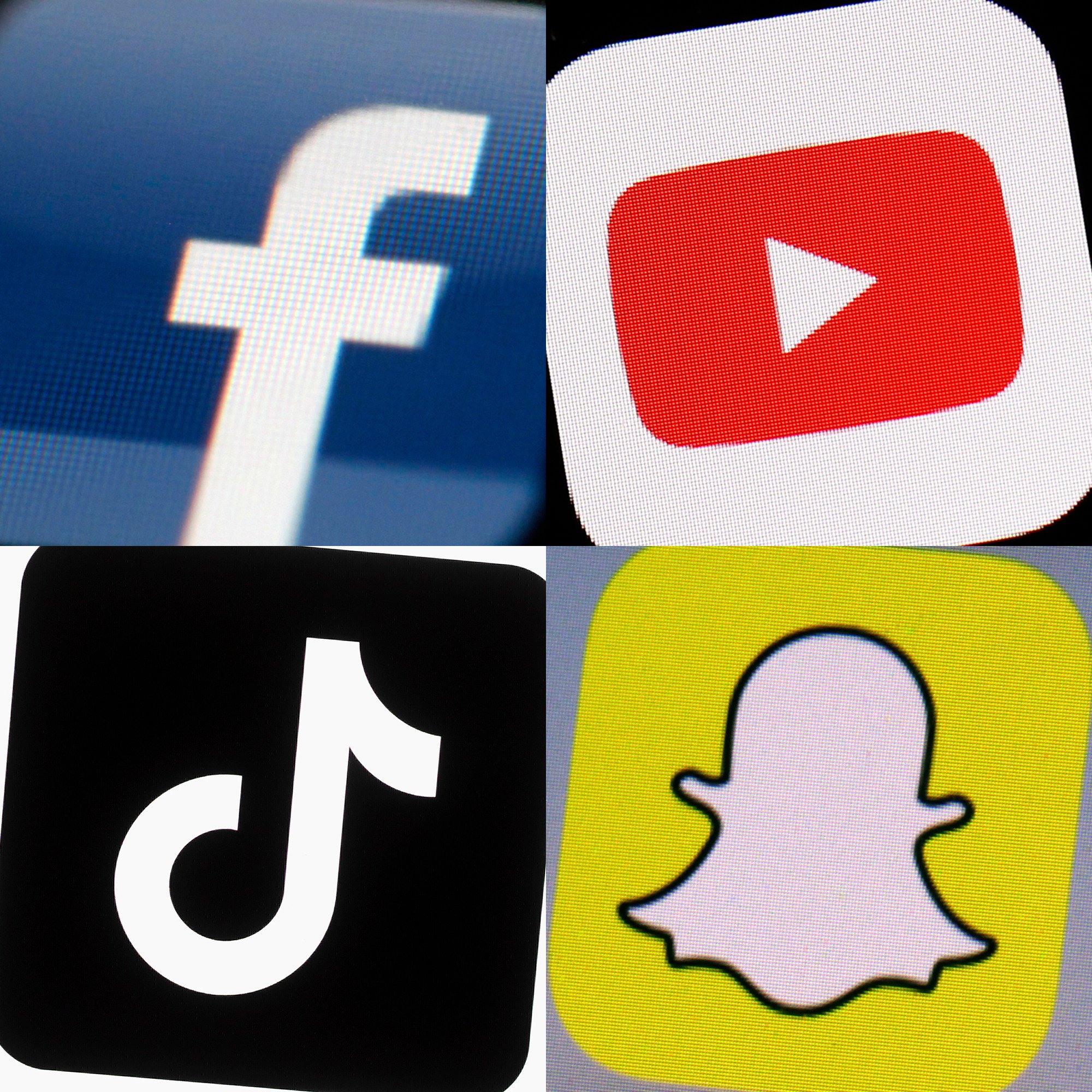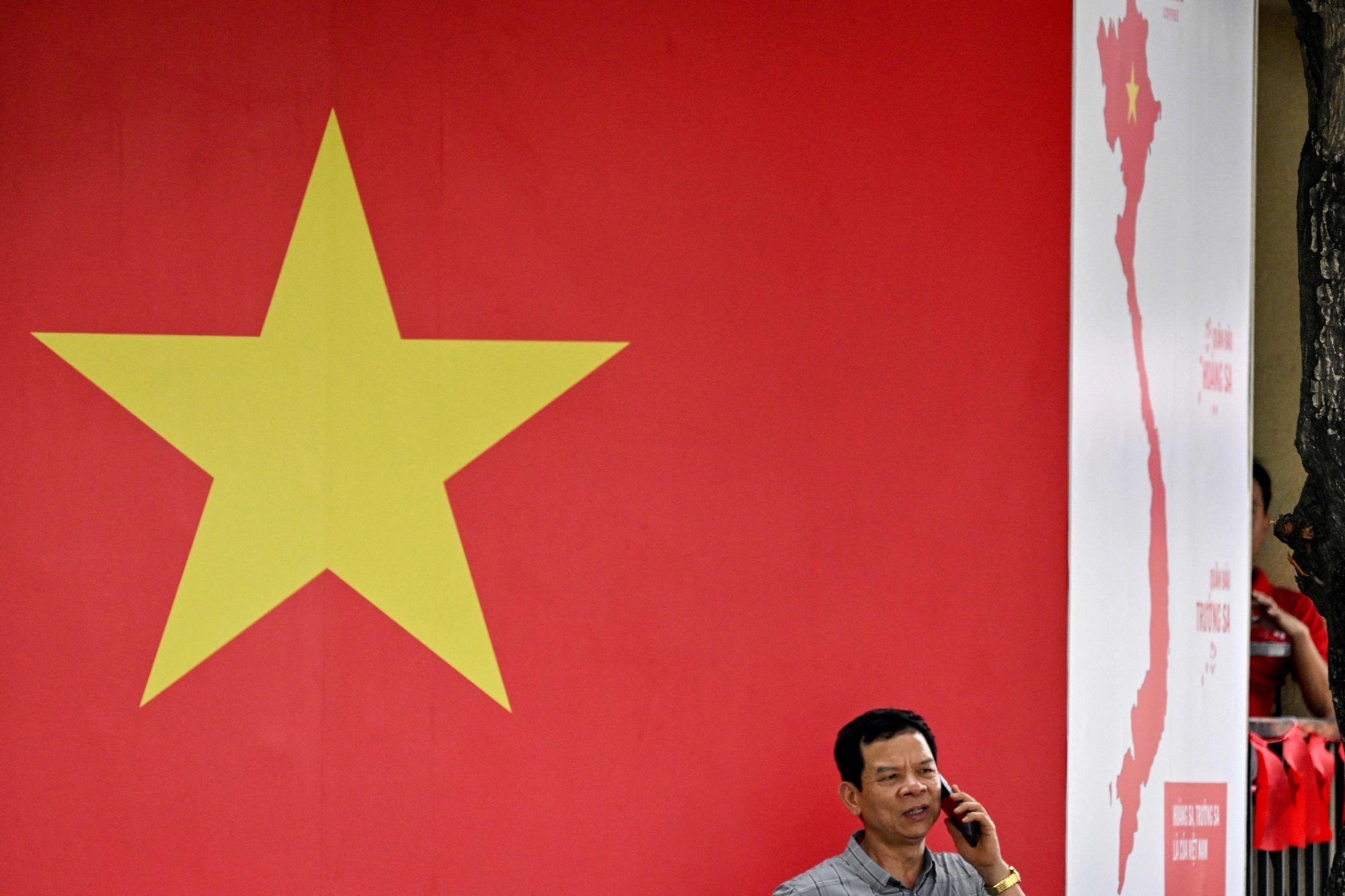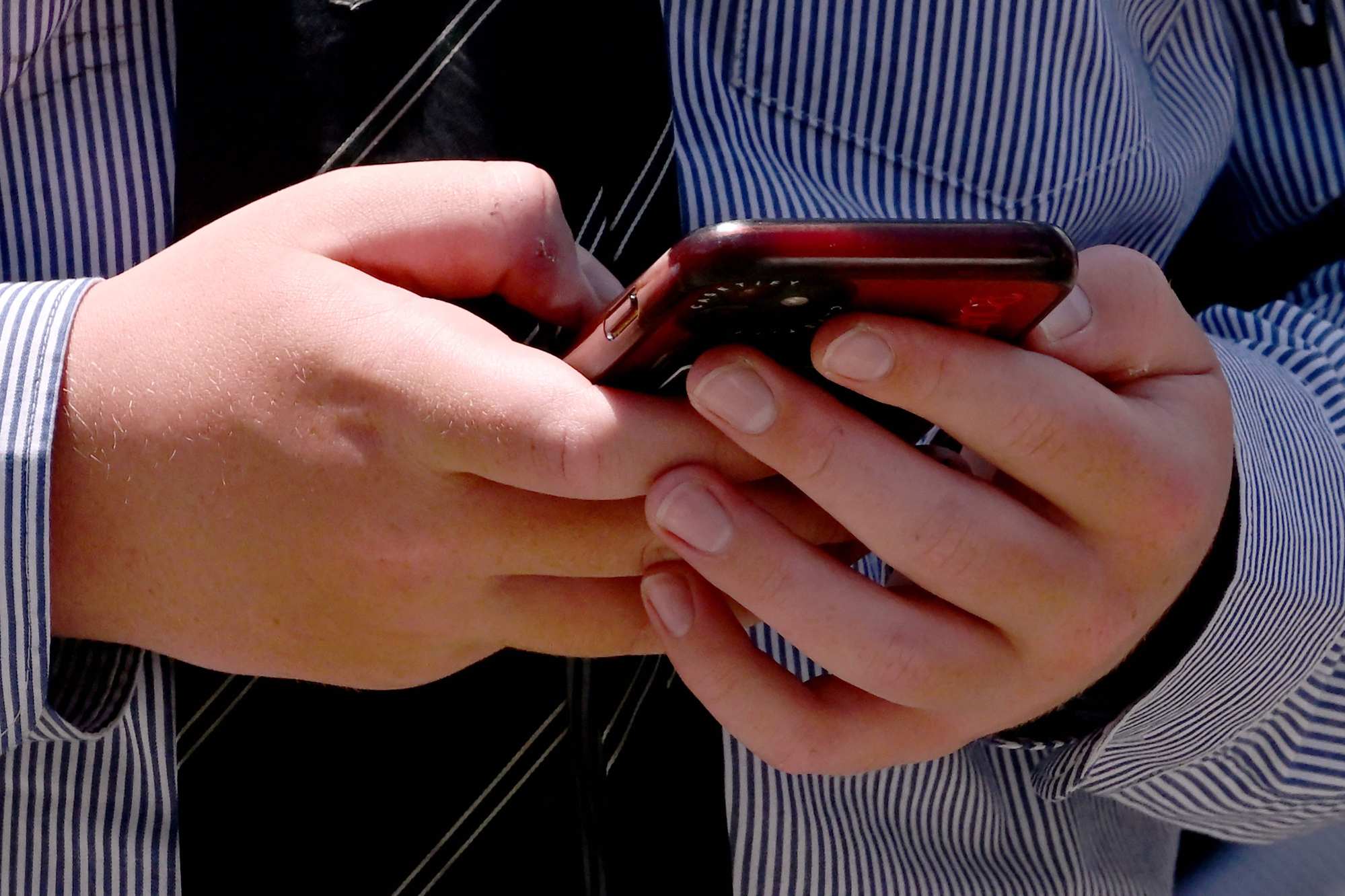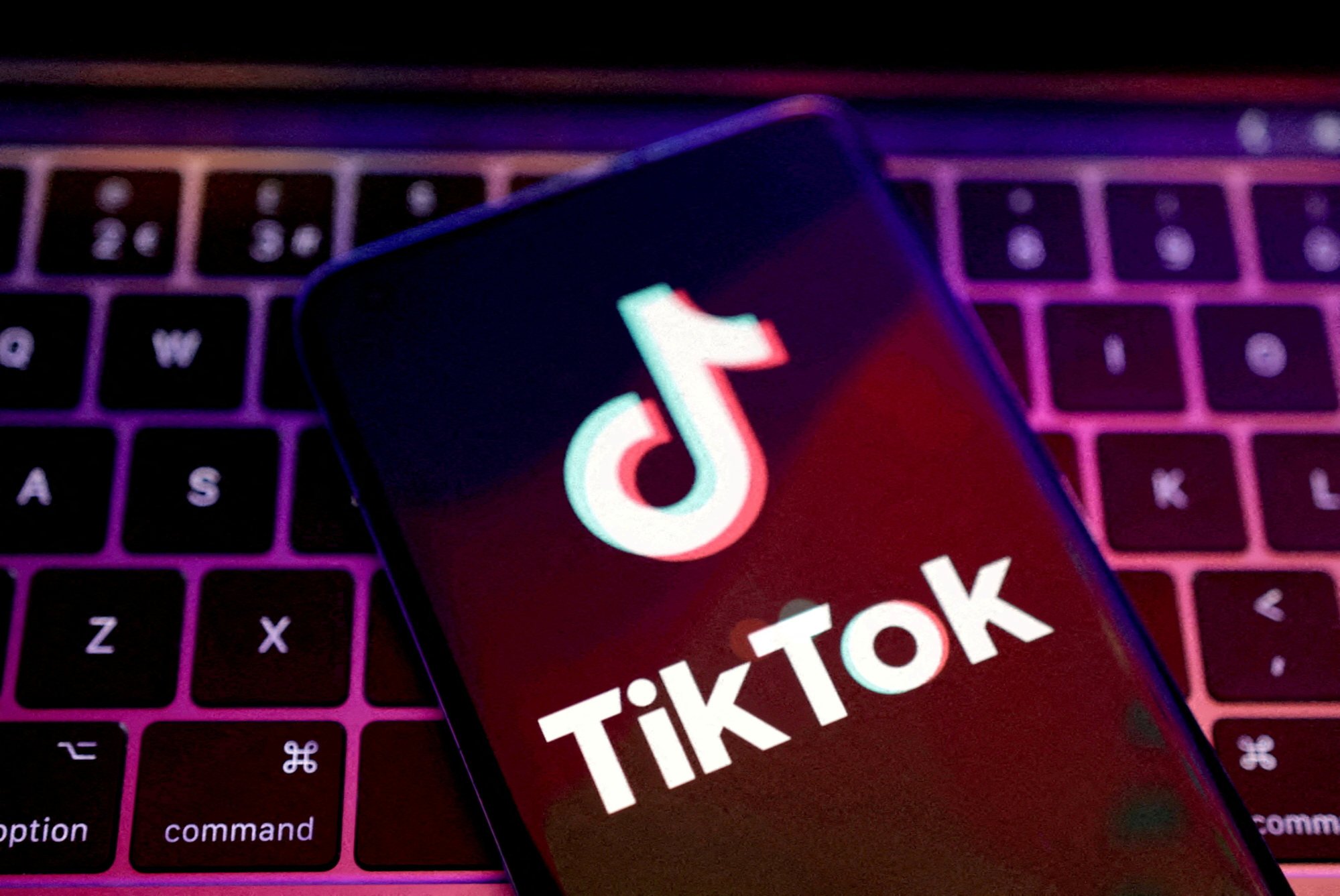Asia-Pacific takes the lead in fight to regulate Big Tech for children
From Australia’s under-16s ban to Malaysia’s licensing demands, the region is blazing a trail to protect young users from online harms

Some of the toughest new laws attempting to rein in TikTok, Instagram and Snapchat are not coming from Washington or Brussels. They are emerging from capitals such as Canberra, Jakarta and Kuala Lumpur.
Governments across the Asia-Pacific region are leading the global charge to protect children from online harms, presenting an unprecedented challenge to the likes of ByteDance, Meta Platforms and Snap in markets with some of their largest and most youthful user bases.
Australia late last year passed a law requiring social media platforms to keep children under the age of 16 off their services. New Zealand’s governing party last week put forward a bill that mirrors Australia’s move.
Indonesia is formulating restrictions for those under 18 accessing social media. Malaysia is requiring social media firms to obtain licences to operate in the country, while Singapore’s policymakers have signalled they are open to minimum-age laws.
Meanwhile, Vietnam is requiring foreign social platforms to verify their users’ accounts and provide authorities with their identities on demand, and Pakistan wants such firms to register with a new agency.
“I’ve met with parents who have lost and buried their child. It’s devastating,” Australian Prime Minister Anthony Albanese said in November. “We can’t as a government hear those messages from parents and say it’s too hard. We have a responsibility to act.”
To be sure, it is unclear how strictly some of the measures will be enforced. And social media titans face headwinds elsewhere, such as the European Commission’s Digital Markets and Digital Services Acts, along with moves by other nations attempting to curb children’s access to the platforms.
In the United States, social media firms have come under fire in some states, but the federal government has yet to pass meaningful legislation requiring they establish more guardrails. The Senate in July passed the Kids Online Safety Act, which would force companies to prioritise children’s well-being, but the measure has stalled in the House.
Meta faces a landmark antitrust case by the US Federal Trade Commission, while TikTok could be banned in the country. Meanwhile one US law firm is pursuing a new legal strategy, focusing on product liability, to hold tech giants accountable for harms to children despite long-standing protections afforded by Section 230 of the Communications Decency Act.
New rules in the Asia-Pacific could complicate companies’ operations across the region, said Ewan Lusty, a Singapore-based director at political and regulatory consultancy Flint Global.
The region is becoming increasingly important in debates around how we govern the digital spaceEwan Lusty, regulatory specialist
“If you’ve got each country implementing their own version of a regulation, then the cost of complying with that will multiply” for tech firms, he said.
The emerging restrictions also pose a new threat because they could curtail the tech titans’ growth in some of the world’s most populous markets.
Southeast Asia is home to more than 650 million people, while South Asia’s population stands at roughly 2 billion. Young internet users across the region are expected to play a vital role in propelling digital firms’ expansion in the years to come. China has for years blocked foreign online platforms, shutting them out of a market of some 1.4 billion people.
In a bid to capitalise on growth across the Asia-Pacific, Amazon.com, Alphabet’s Google, Microsoft and other tech giants are investing billions of dollars in the region as young users increasingly communicate with friends online, shop, stream video and use generative artificial intelligence.

Social network titans do not typically break out user counts or sales by country, but they often derive most of their revenue from developed economies in the West, where advertisers pay more to reach wealthier consumers. User growth in many richer nations, though, has slowed over the years.
For Meta, Southeast and South Asian nations make up significant global shares of Instagram and Facebook user accounts, with those consumers tending to be younger, according to data from digital consulting firm Kepios Pte, which specialises in analysing online behaviour.
Markets across the region also have some of the world’s highest rates of user engagement for Meta’s products, and many citizens depend on Facebook, especially, as a gateway to the internet. Meta and other firms also often use such countries as testing grounds for new product initiatives.
TikTok’s largest market by users is the US, but five of its 10 biggest globally are in Southeast or South Asia, according to Kepios data. Snapchat has more than twice as many users in South Asia than in the US, the data shows.

Australia, which has a track record of battling big tech, in November passed its controversial law banning young children from social media beginning at the end of this year. Platforms will be responsible for enforcing the age limit, with penalties of as much as A$50 million (US$32 million) for breaches.
While opinion polls have shown that many Australian voters support the new rule in principle, some of the companies, academics and children’s rights groups call it flawed and question how it might be enforced.
An executive at one major tech firm, asking not to be identified discussing sensitive matters, said Australia’s move had resulted in consternation among companies and uncertainty over how things will proceed.
Meta said in a statement it was committed to keeping young people safe and that safety tools it had rolled out for such users had proven popular around the world.

Snap pointed to concerns that had been raised about Australia’s new rules, but said the company would work with the Australian government ahead of their implementation and comply with any regulations.
TikTok has in the past highlighted voluntary measures it has implemented to support safety for teens. X declined to comment.
The Asia Internet Coalition, an industry group that represents major tech players in matters of tech policy in the region, did not respond to requests for comment on the regulatory moves.
Asia-Pacific policymakers in the past have not been as quick as governments elsewhere to regulate tech firms, but that is changing now, said Lusty of Flint Global.
“The region is becoming increasingly important in debates around how we govern the digital space,” he said.